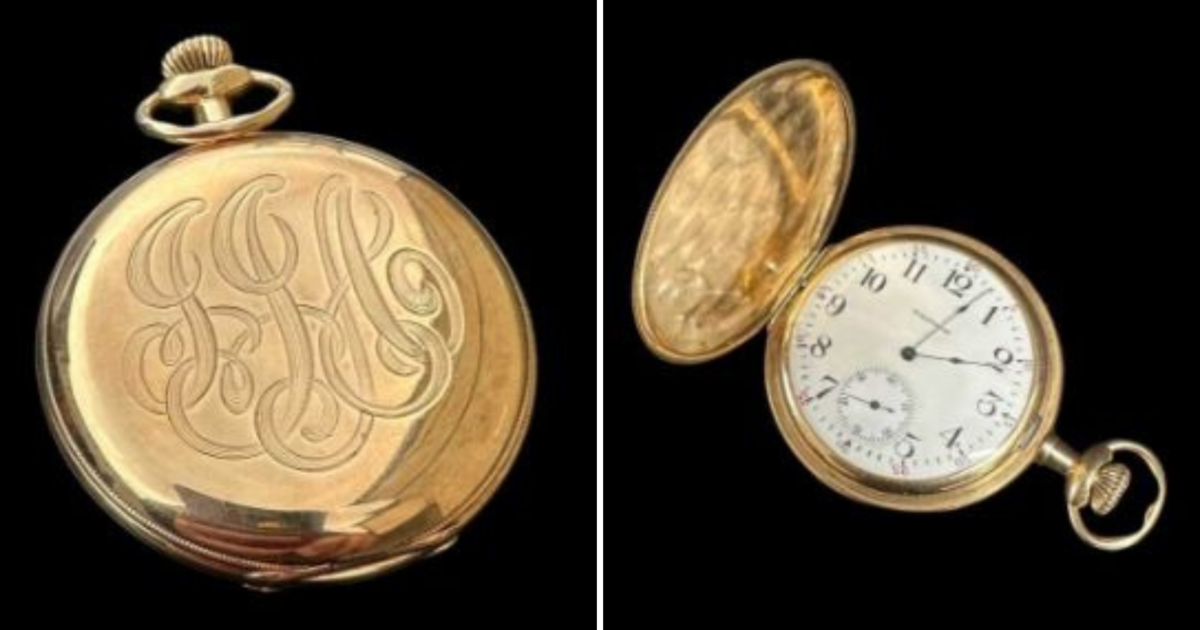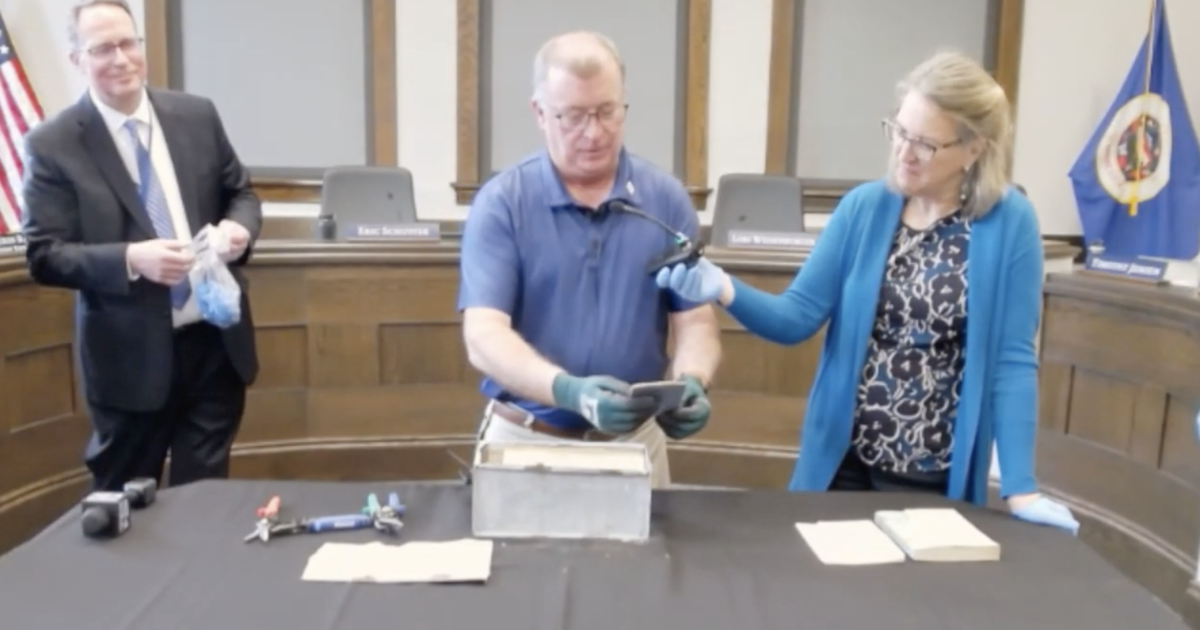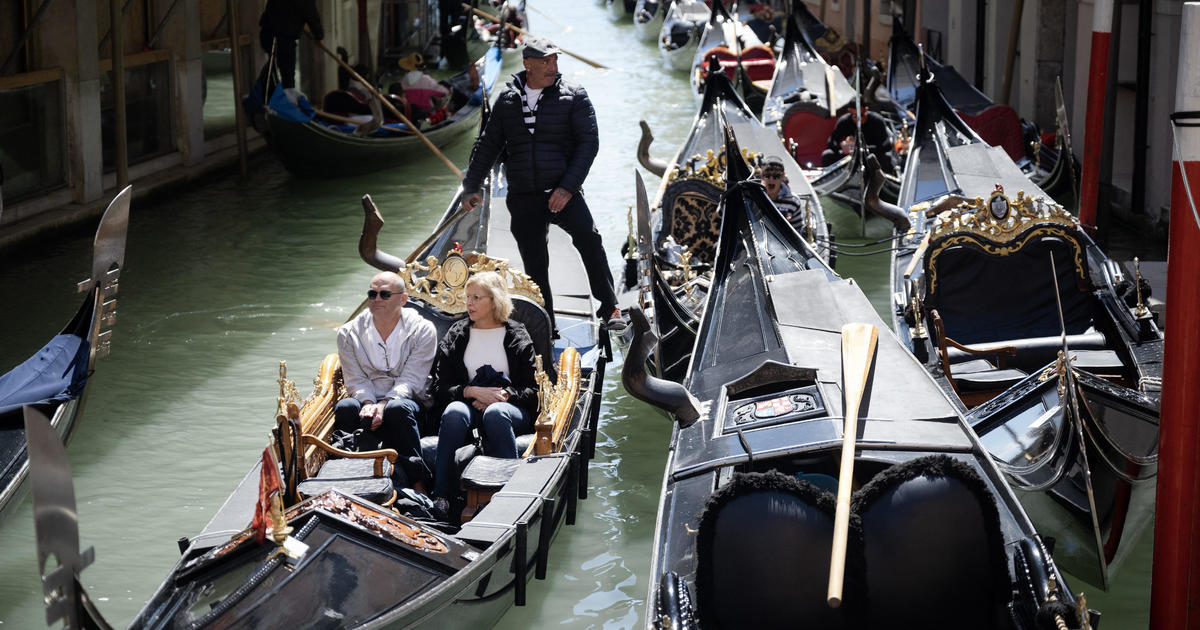Robert Ballard found the Titanic wreckage in 1985. Here's how he discovered it and what has happened to its artifacts since.
In 1985, it took Robert Ballard eight days to find the R.M.S. Titanic around 400 miles off the coast of Newfoundland, Canada. For more than 70 years, the location of the liner's wreckage — about 12,600 feet below the ocean's surface — had been a mystery since the "unsinkable" ship struck an iceberg late in the evening of April 14, 1912.
Billed as the most luxurious ocean experience available, about 1,500 people died when the Titanic sank into the ocean depths within hours after impact with the iceberg. Only 700 passengers and crew members survived to be rescued by the R.M.S. Carpathia.
Global headlines about the ship's fate mesmerized the world. But the ship's remains remained undiscovered for decades. In 1982, Ballard — an oceanographer and Naval Reserve commanding officer who had performed a number of top-secret Naval missions during the Cold War — started developing his own remotely-operated underwater vehicle.
But Ballard was having a hard time funding his project. So, he turned to the Navy and asked Deputy Chief of Naval Operations Ronald Thunman for funds. In return, Ballard said he would find the Titanic wreckage. The Navy eventually said yes, but on the condition that Ballard used the funds to also find two missing U.S. nuclear submarines — the Thresher and the Scorpion — which had sunk in the Atlantic in the 1960s.
One catch: the Navy wanted the expedition to find the submarines to be top secret.
"Well, let's tell the world I am going after the Titanic," Ballard recalled of his conversation with Navy officials in a 2018 interview with CBS News. A joint venture between the Woods Hole Oceanographic Institution and the French National Institute of Oceanography, funded by the U.S. Office of Naval Technology, was put together, according to Woods Hole.
After locating the two submarines, there were just 12 days left of funds to locate the Titanic, Ballard said, forcing the teams to narrow the search field to 100 square miles.
However, it took Ballard only eight days to find the Titanic's wreckage because he said he knew to follow debris, a strategy that helped him find the Scorpion submarine. Just after 1 a.m. on Sept. 1, 1985, under more than 12,400 feet of water, one of the Titanic's boilers was identified, confirming the wreck had been found, according to the Woods Hole website.
Ballard still vividly remembers that moment when he first set eyes on the Titanic.
"We made a promise to never take anything from that ship, and to treat it with great respect," he told CBS News.
Fighting over the right to "salvage" artifacts from the Titanic
Ballard said he fought to protect the Titanic's legacy. Just one year after the wreckage was located, Congress passed the R.M.S. Titanic Maritime Memorial Act of 1986 to encourage the international community — and explorers and adventurers– "to provide for reasonable research, exploration, and, if appropriate, salvage activities with respect to the shipwreck."
The act was signed into law by President Ronald Reagan on Oct 21, 1986. Regardless, the quest for artifacts motivated explorers to continue to plan expeditions to the Titanic — and subsequently started battles for artifact rights that continue today.
In 1987, Titanic Ventures Limited Partnership, which later became RMS Titanic, Inc., made a deal with a French research institute for an artifact recovery expedition to the Titanic. The team recovered approximately 1,800 artifacts that were conserved, according to the website of the National Oceanic and Atmospheric Administration.
In the 1990s, U.S. federal court battles ensued over the exclusive salvage rights, including sole and exclusive ownership of any items salvaged from the Titanic wreck. RMS Titanic Inc. won several of these legal skirmishes, and the U.S. District Court for the Eastern District of Virginia awarded the company salvor-in-possession status and exclusive rights over any items salvaged from the Titanic on June 4, 1994, according to NOAA.
In 2000, the company sought to sell all its artifacts to the not-for-profit The Titanic Foundation, but courts blocked the sale, the NOAA said.
French explorer Paul-Henri Nargeolet — who has made multiple dives over the years to explore the Titanic — was one of the five passengers aboard the Titan, a submersible that experienced a "catastrophic loss of the pressure chamber," leaving no survivors. Nargeolet was director of underwater research for RMS Titanic Inc.
What have explorers recovered and sold?
RMS Titanic conducted salvage expeditions in 1993, 1994, 1996, 1998, 2000 and 2004, according to NOAA. Since 1994, the company has collected thousands of artifacts, including top hats, China dinner plates, and a grand staircase cherub, according to their website.
Appraisers valued that 2018 auction collection at about $200 million.
In 2016, Premier Exhibitions, which owned RMS Titanic, filed for bankruptcy. In 2018, about 5,500 artifacts that were retrieved from its wreckage were sold to satisfy the company's debts. Premier had tried to sell its Titanic artifacts prior to that, but encountered difficulty because restrictions imposed by a federal judge made it hard to sell them piecemeal.
Titanic memorabilia has also been sold by British-auction house Henry Aldridge & Son, including the Wallace Hartley violin, which sold for 1.1 million pounds. A menu from the first meal aboard the Titanic sold for 51,000 pounds, an original deck chair for 101,999 pounds and a launch ticket for 20,000 pounds, according to the auction house's website.
In 2017, BBC News reported that a water-logged letter written by American businessman and Titanic passenger Oscar Holverson sold for 126,000 pounds at auction.
In 2020, the U.S. and the United Kingdom signed a treaty designed to protect "0ne of the most culturally significant wreck sites in the world." The legislation grants the U.S. and U.K. governments power to grant or deny licenses authorizing entry into the wreck or removal of artifacts, according to a news release at the time.
— Chip Reid, Megan Towey, Jonathan Berr, and Amy Wall contributed reporting.





